Art Decò was named after the Exposition Internationale des Arts Décoratifs and Industriels Moderns made in Paris in 1925. The event that would go on to influence arts all over the world.
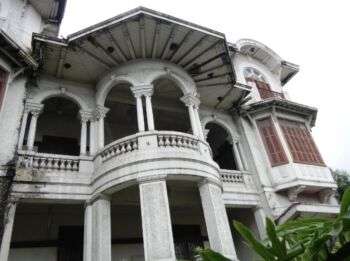
Image source: https://search.creativecommons.org/photos/a1a19639-3a22-4be1-8d07-bb63eb6d728b by Ramon FVelasquez

Image source: https://search.creativecommons.org/photos/167247ab-b038-404e-b538-1a4e1804e3b2
The Shape Revolution
The style known as Art Decò began in Paris in the 1920s and was a major movement in Europe and the United States during the 1930s. It is focused on sleek geometries and stylized shapes, in addition to the abundant use of man-made materials. The style was in deep contrast to the avant-garde art of the period, which tell us about the change Modernism underwent, turning into fashion and adopting distinctive symbols such as florals motifs, animals, and sun rays. Further, through these, we see the rise of a distinctive kind of anti-traditional elegance that stood in for wealth and sophistication.
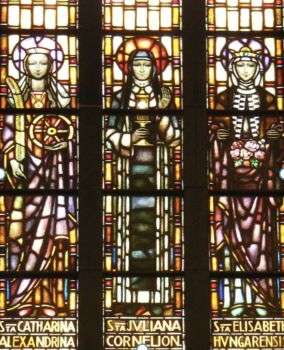
Image source: https://search.creativecommons.org/photos/1e9c514c-0a23-41fd-aa37-51cb0344c907 by e³°°°
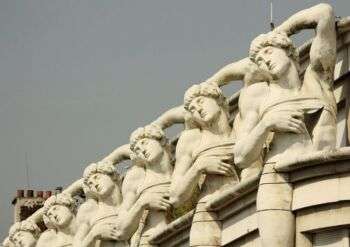
Image source: https://search.creativecommons.org/photos/3dc216d7-1637-4ed3-9553-eeb433288f8d by Andrea Schaffer
Key Art Deco Concepts
The style created functional objects, enriched with an artistic touch and combined aesthetics with a practical purpose. At its core, the style is a search for beauty in all aspects of life, art and design. Further, it is a reflection of the revolutionary coming of the age of technology and machines in everyday life and industrial production. Additionally, it completely substituted crafting methods and artisanship.

Image source: https://search.creativecommons.org/photos/1cdb0beb-9bdb-41e4-8feb-698d76b031ae

Image source: https://search.creativecommons.org/photos/09afc999-9066-4209-93cc-0a4e1f21bc52 by NancyFry
Thus, the style aimed to be aesthetically pleasing, create artistic-looking products that possessed the same qualities of crafted artisan goods, while employing modern machines and technologies to streamline and maximize the production. Additionally, it tried to be available to everyone. As it is, Streamline Moderne is the American way of naming Art Decò style. Moreover, this Americanization is a stripped-down, less elaborate style than the European counterpart.
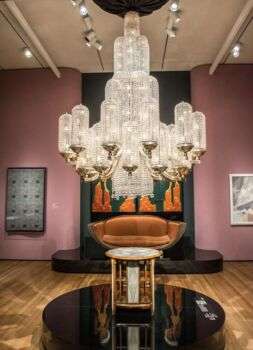
Image source: https://search.creativecommons.org/photos/e0d3cd86-b268-4fe1-809e-5f444aed9ad1 by Tim Evanson
The Chrysler Building
The Chrysler Building is possibly the most important example of the architecture style. It was built using a steel frame filled with masonry artifacts, interspersed with elements of decorative metal cladding. Further, the 31st-floor displayed gargoyles and replicas of the famed 1929 Chrysler radiator cups. In 1929, the American Society for Testing Materials put together an inspection committee to study performances of the materials used in this construction, finding out that the panels were minimally deteriorated in 30 years, proving the importance of steel in Van Alen’s design.

Image source: https://search.creativecommons.org/photos/39582625-f8e0-4fd8-912b-88a8bb1f2de4 by kke227
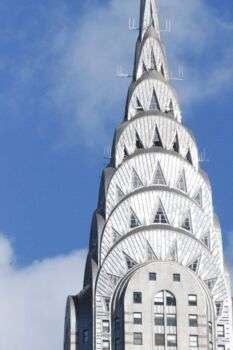
Image source: https://search.creativecommons.org/photos/ca4d09f0-26bc-4b01-9c0d-572e13e4886c by hyku
Info source:
